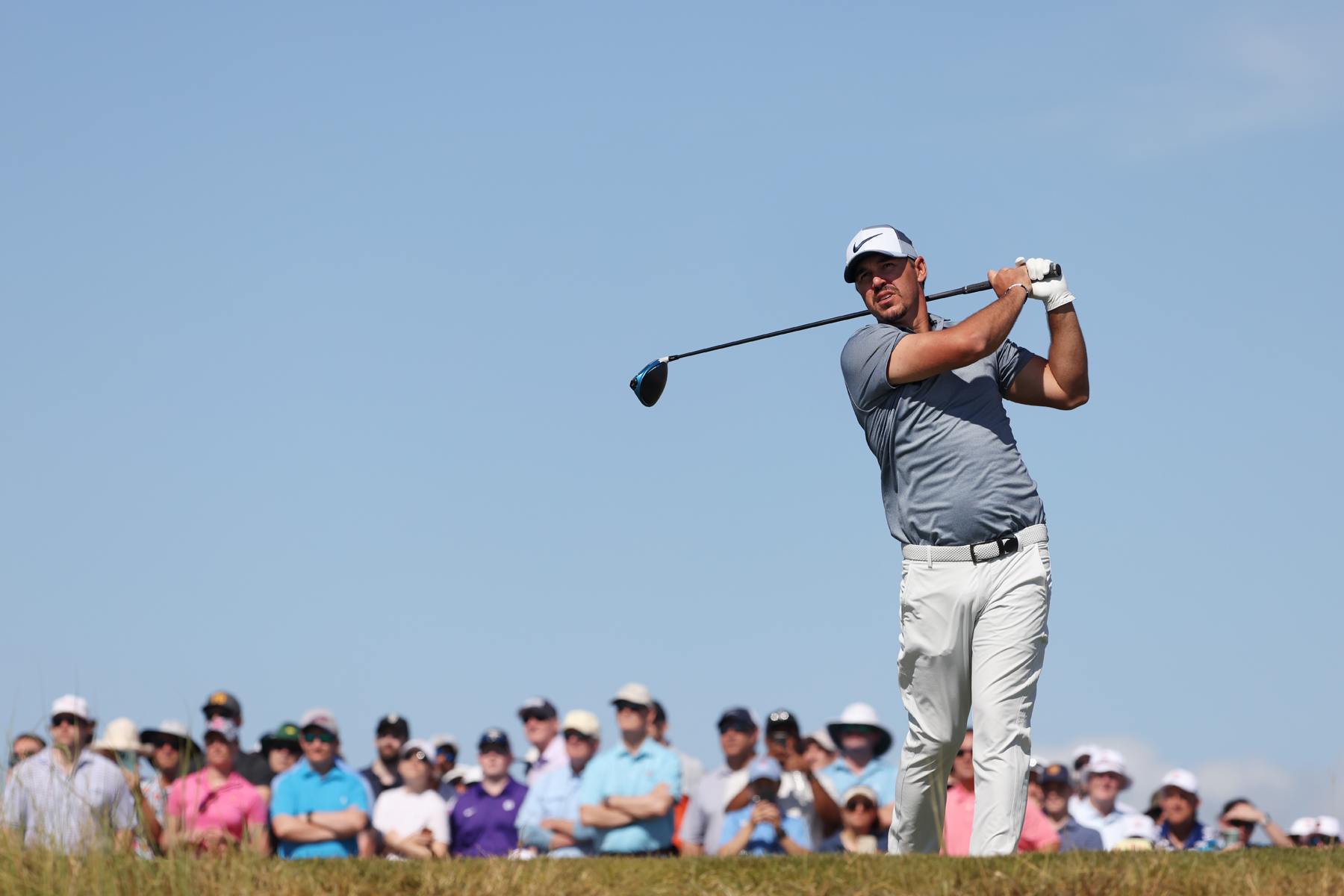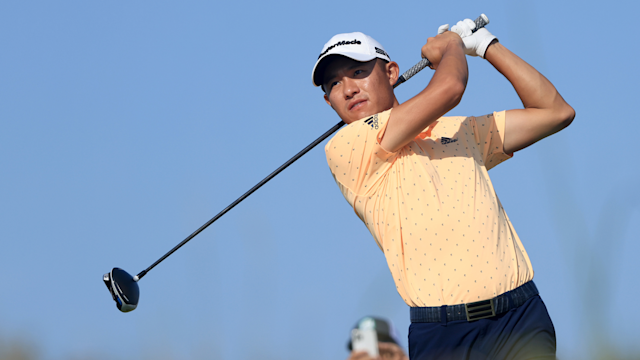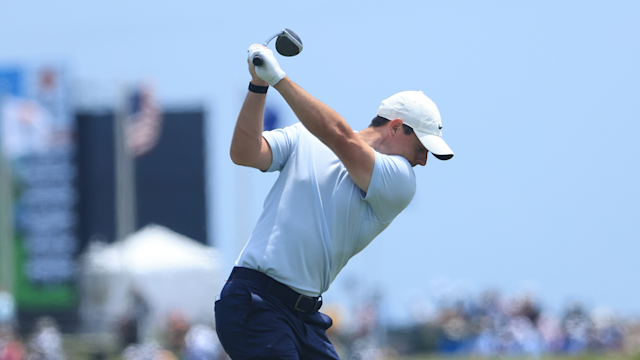quick coaching
Downwind? Hitting it High Has its Advantages
By Keith Stewart, PGA
Published on

Watching the first round of the 103 rd PGA Championship a couple facts have come into focus. The Ocean Course is extremely difficult into the wind. Therefore, if you really want to have a chance at the Wanamaker trophy, you better play well with the wind at your back.
The amazing coverage of the championship allows us the unique opportunity to see just about every shot being played by these competitors. As we observe the world’s best in this unique test, one of the major characteristics of the Ocean Course are the elevated greens. Not in a sense that the players are hitting up hills, but rather that each green complex looks like an upside bowl. Imagine Donald Ross playing at the beach making sandcastles as a little boy. That’s the putting surfaces at Kiawah.
When you raise the landing areas, your approach shots come in at a shallower angle of decent. Quite simply, it’s harder to stop the ball than a level landing zone. Into the wind our ball balloons and hits the wall of wind and stops. Downwind it carries further and with more speed. The difference on the downwind direction becomes very evident when you watch Brooks Koepka or Corey Connors from the fairway approaching the green. They will hit their attacking shot fifteen to twenty feet higher than the average PGA Tour player.
Some of the height comes from speed, but not all of it. All golfers can learn to hit the ball higher with just a simple adjustment to their everyday swing. One of the easiest ways to understand the change needed to alter trajectory can been seen in watching the best player’s follow through. Imagine Koepka ready to hit a stock 7 iron approach shot with no wind. That perfect balance he exhibits will be on display and his finish is cemented in the ground.
Now watch when Brooks goes to flight the ball. His into the wind follow through will be much lower. Keeping the arms and shaft down in your follow through drives the ball flight down. The longer we wait past impact to bring the arms back up, the more it will drive that ball flight down. Conversely, watch his follow through on a downwind swing. Those arms and clubhead will head skyward immediately after impact.
If you have a tough time seeing that move at full speed, watch their short game as well. When a player like Collin Morikawa looks to hit a low running shot, the hands will stay lower on the follow through. A high flop shot. Yes, that post impact action will be straight toward the sky. Sounds too easy to be true. The next time you get to the practice range try it for controlling trajectory.
After you’re warmed up grab a 6 or 7 iron. Imagine a window in the sky you’re trying to hit the ball through. Take your normal backswing and downswing. As your club travels through impact, swing your arms and club toward that imaginary window. The trajectory will change if you modify your follow through accordingly.
Flighting the ball in the wind is a very functional skill to have. The best part is you don’t have to be a PGA Coach or Championship player to do it. Follow through toward the desired height and soon you’ll be changing trajectories just like winner of the 103 rd PGA Championship this weekend!
Keith Stewart is a 5-time award-winning PGA Professional with 25 years of experience in the golf industry. His network of players, coaches and insiders provide him with a unique perspective on the game. He's a writer on PGA.com and host of the ProShow on ESPN 920 AM Friday afternoons at 3:00pm EDT. Check out his PGA Coaching articles archived here or his conversations on air with this link to his website The ProShow.


